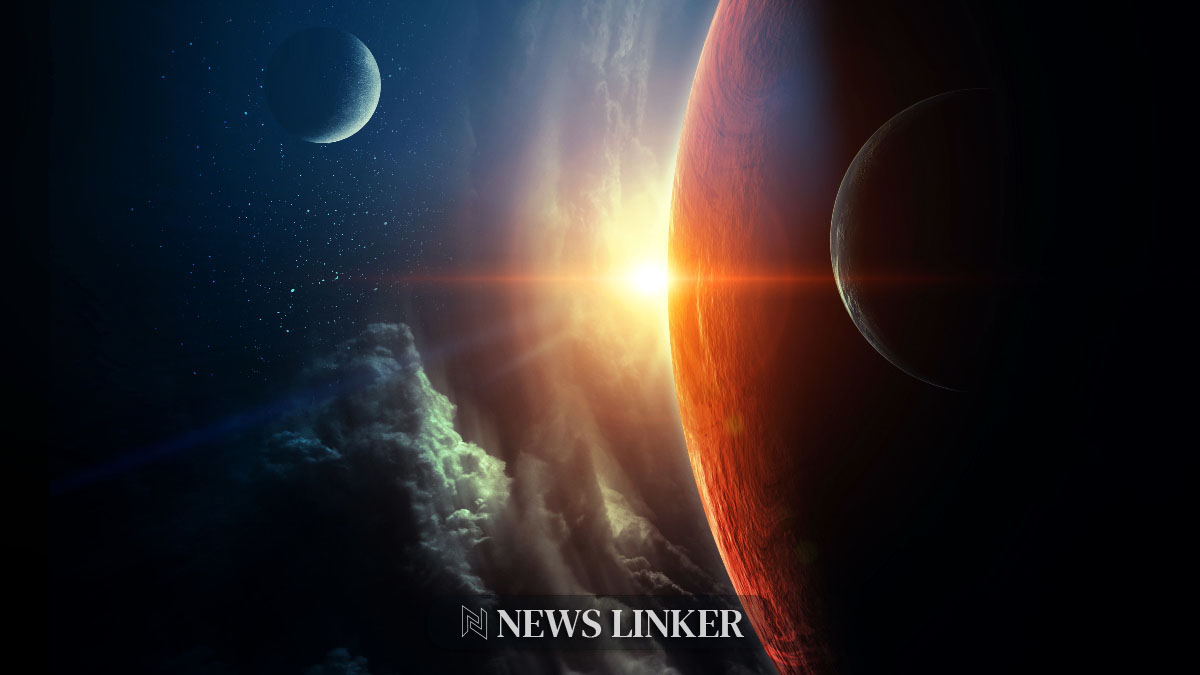A recently unveiled image from NASA‘s Spitzer Space Telescope offers a new perspective on the Andromeda Galaxy, particularly focusing on the dynamics surrounding its central supermassive black hole. Captured in stunning detail, this image highlights the intricate dust streams that are drawn towards the black hole, providing a visual explanation of how such massive celestial bodies manage to consume vast quantities of material while maintaining a relatively low profile in the galaxy.
Historically, understanding the feeding patterns of supermassive black holes has been challenging due to their distant and often obscured nature. Previous observations primarily relied on visible light and radio frequencies, which offered limited information about the dust and gases surrounding these enormous celestial entities. However, with the advent of infrared astronomy, facilitated by instruments like the Spitzer Space Telescope, astronomers can now observe the cooler and dustier regions of space with greater clarity. This shift in observational capabilities has led to significant advancements in our understanding of galactic centers and the behavior of black holes within them.
Comparatively, earlier images of Andromeda and similar galaxies did not clearly depict the flow of material towards their central black holes. The enhanced infrared imaging capabilities of Spitzer have allowed scientists to see beyond the bright, obstructive glare of stars, directly into the heart of galaxies where supermassive black holes reside. This technological progress has been instrumental in piecing together the puzzle of how black holes feed without emitting large amounts of radiation, a phenomenon often referred to as the ‘quiet eating’ behavior.
Unveiling Black Hole Mysteries
The Spitzer Space Telescope, despite being retired, continues to contribute to our knowledge through the data it collected over its active years. In this particular image, the infrared data reveals not just the black hole’s feeding process but also provides insights into the composition and dynamics of the surrounding dust and gas. This information is crucial for developing models that explain the growth and evolution of supermassive black holes in galaxy centers.
Implications for Astronomical Theories
The study of black holes through infrared observations like those from Spitzer also impacts our broader understanding of galaxy formation and evolution. By examining how black holes interact with their environments, astronomers can infer the history of a galaxy, including past collisions with other galaxies and the rate of star formation in different eras.
Concrete Inferences from Recent Observations
- Infrared imaging illustrates the material flow into black holes, supporting theories of their growth.
- Data from Spitzer enhances our understanding of the ‘quiet’ nature of black hole feeding.
- New insights could lead to refined models of galaxy and black hole evolution.
The implications of these findings are vast, extending beyond the confines of Andromeda to other galaxies harboring supermassive black holes. This research not only helps in mapping the behavior of these cosmic giants but also in understanding the fundamental processes that govern galaxy development. As astronomers continue to decode the data provided by Spitzer and other telescopes, our grasp of the universe’s most mysterious objects will undoubtedly deepen, promising new revelations in the fields of cosmology and astrophysics.










